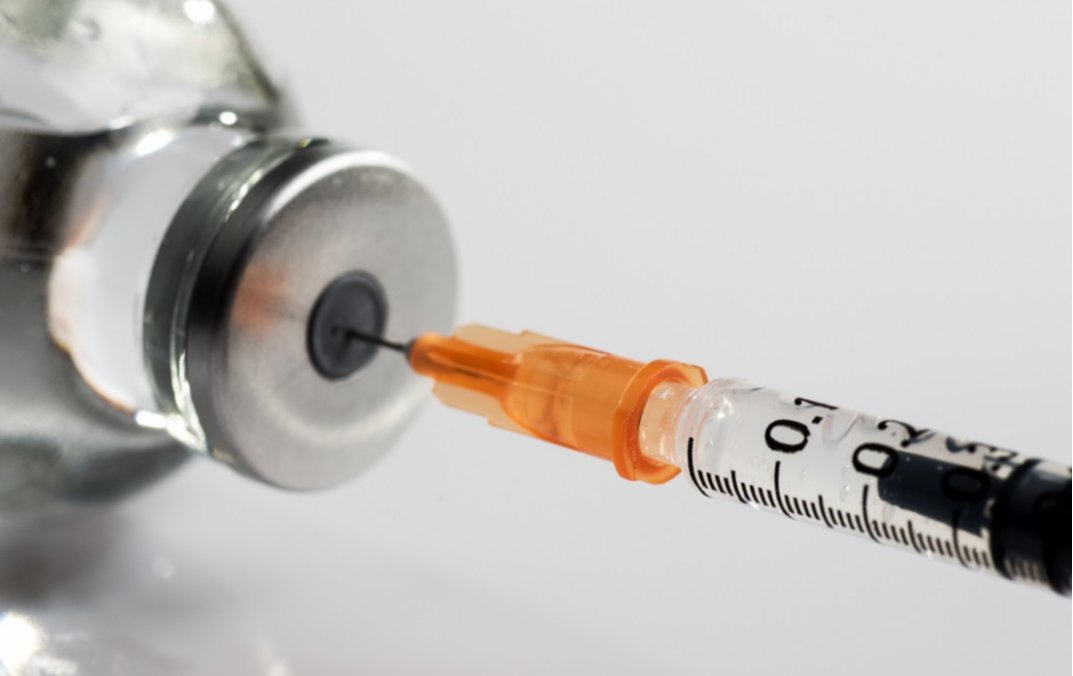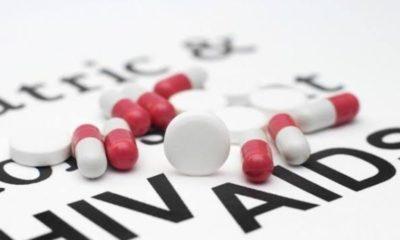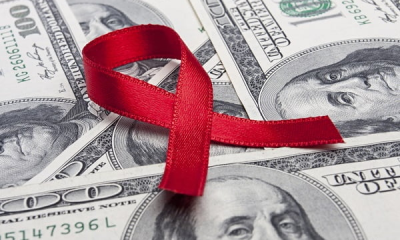News
HIV Treatment Reaches Millions in South Africa, But Gaps in Care Risk Undoing Progress

South Africa continues to make headlines for leading the global HIV response — especially in testing and treatment. But behind the country’s progress lies a growing concern: too many people are starting treatment too late, and over a million who once took life-saving medication have now stopped altogether.
These findings come from Thembisa 4.7, the country’s most advanced HIV modelling tool. Drawing on national census data and health surveys, Thembisa shows a country on the frontlines of a massive public health effort — but also one grappling with uneven access and worrying treatment retention issues.
Understanding Viral Suppression and Why It Matters
For people living with HIV, regularly taking antiretroviral therapy (ART) can reduce the virus in their blood to undetectable levels — a state known as viral suppression. This not only keeps them healthy but also prevents them from passing the virus on.
Unfortunately, the data shows that not everyone is reaching this crucial benchmark.
Who’s Reaching Suppression — and Who’s Not
South Africa’s suppression rates differ by age, gender, and province. Older adults and women tend to do better, and provinces like the Western Cape and Free State show stronger outcomes. In contrast, patients in Limpopo and the Eastern Cape face significant challenges, with some having nearly 50% lower odds of reaching viral suppression.
Part of the problem is data itself — not all patients have up-to-date viral load measurements. Researchers used statistical techniques to estimate these missing numbers, but even adjusted estimates show troubling trends, especially among those who start ART too late.
1 Million People Stopped HIV Treatment
Perhaps the most alarming finding: in 2023, while nearly 5.9 million people were on treatment, about 1 million had previously been on ART but stopped. Another 2 million people are not on treatment at all — some not yet diagnosed, others lost in the system.
More than 46,000 people only began ART after their immune systems were already severely compromised — often when they became very sick or developed life-threatening illnesses like tuberculosis.
Progress on Global HIV Goals — But Not Fast Enough
South Africa has already achieved the first of the United Nations’ “95-95-95” targets: 95.4% of people with HIV know their status. But only 78.7% of those diagnosed are on treatment — falling short of the second goal. And while 91.3% of those on ART are virally suppressed, when you zoom out to include the entire HIV-positive population, only 68.6% are actually virally suppressed.
More People Start Treatment Than Get Infected — But Momentum is Slowing
In 2023, there were 237,000 new people starting ART, compared to 149,000 new infections. That’s a positive sign, but the ratio is shrinking. A decade ago, treatment starts were more than double the number of new infections — now it’s closer to 1.6 to 1.
Still, there’s some hope. Thanks to ART, South Africa’s life expectancy continues to rise — now reaching nearly 66 years, a significant recovery from the early 2000s when the AIDS crisis was at its worst.
What Needs to Happen Now?
Experts agree: testing is no longer the biggest challenge. The real hurdles lie in getting more people onto treatment early — and ensuring they stay on it. With proper support systems and investment in healthcare infrastructure, South Africa can protect the gains it has made and close the gaps that still threaten to widen.
{Source: IOL}
Follow Joburg ETC on Facebook, Twitter , TikTok and Instagram
For more News in Johannesburg, visit joburgetc.com























